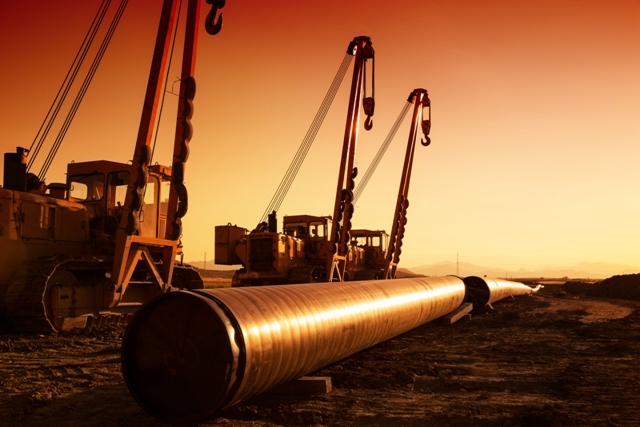
Alberta Energy Regulator urges firms to step-up detection of pipeline leaks
by Ian Bickis, The Canadian Press

Regulator's review of 23 major spills found poor training and a lack of monitoring led to delays in detecting leaks in about a third of cases

The AER bulletin comes days after Nexen Energy released the findings of its investigation into a pipeline leak last July that spilled about five million litres of bitumen, sand and produced water at its Long Lake oilsands facility
CALGARY—The Alberta Energy Regulator is urging pipeline operators to do a better job of developing and maintaining programs to discover leaks after it examined nearly two-dozen spills over the last three years.
The AER said July 14 that after reviewing 23 major spills on pipelines carrying mostly oil well effluent and produced water, it found poor training and a lack of monitoring led to delays in detecting leaks in about a third of cases.
In a bulletin, the regulator said in eight cases, staff were insufficiently trained or failed to detect leaks for several days—and in those cases it took on average 48 days for companies to respond and isolate the pipeline.
The AER said all personnel responsible for leak detection are required to be properly trained and that competency testing and ongoing evaluations are vital.
Patrick Smyth, vice president of safety and engineering at the Canadian Energy Pipeline Association, said in a statement that maintenance and monitoring of pipelines is a top priority.
“Our members recognize the critical importance of leak detection and are continually seeking out opportunities for improving the sensitivity of the technology.”
Smyth added that members are collaborating on a national strategy to develop best-in-class standards.
“Part of this will be to evaluate existing leak-detection practices, procedures and technologies; assess emerging technologies; and then develop new, improved technologies and methodologies,” he said.
The AER’s bulletin comes only days after Nexen Energy released the findings of its investigation into a pipeline leak last July that spilled about five million litres of bitumen, sand and produced water at its Long Lake oilsands facility southeast of Fort McMurray, Alta.
On Tuesday, Ron Bailey, Nexen Energy’s head of Canadian operations, said it took close to a month to discover the leak due to a number of monitoring failures.
“The delay in discovery was primarily a result of shortcomings in the pipeline’s automation leak-detection system, and our ability to manage this system. This impacted our ability to respond to the rupture,” said Bailey.
AER spokesman Ryan Bartlett said the investigation into the spill at Nexen’s Long Lake oilsands facility is ongoing.
He said the AER had released the findings of its leak-detection investigation following the recommendations of the provincial auditor general that it make more of its findings public.
Mike Hudema of Greenpeace Canada said in an email that more needs to be done to ensure safer pipelines.
“Asking for stricter pipeline monitoring and training is one thing actually enforcing and legislating it is quite another,” said Hudema. “Much more should be done to improve pipeline safety but the safest pipeline is the one we never build in the first place.”